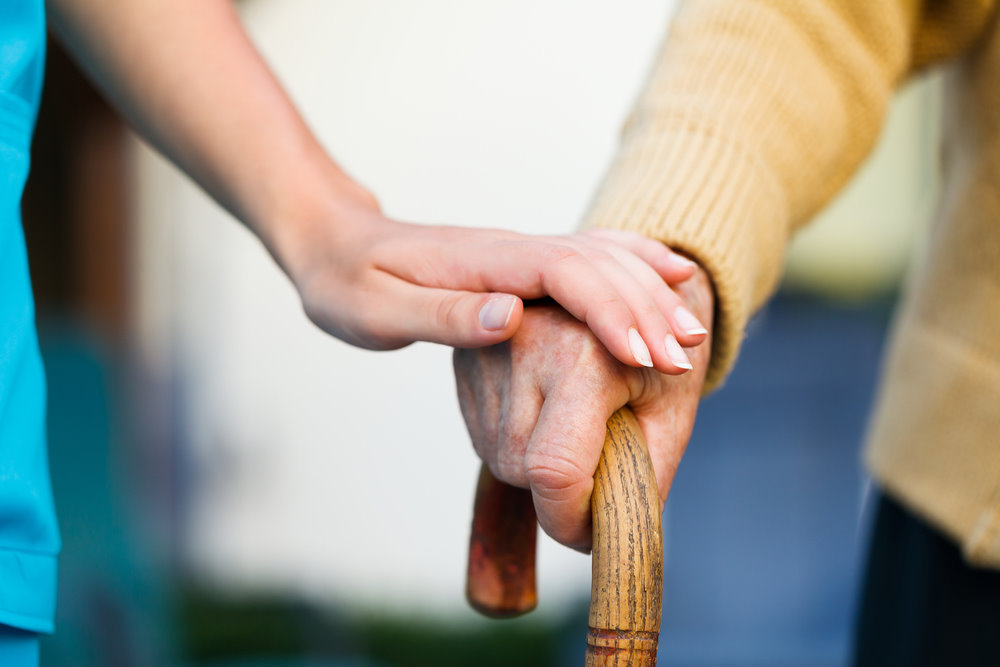
Image courtesy of Unsplash
It is not always easy to know what to do with a senior loved one in assisted living. They may not be physically able to go shopping or might have medical needs that you can’t attend if you leave campus. But that does not mean that you can’t enjoy an afternoon spending time with the seniors in your life. From reminiscing over old photos to enjoying a meal together, there are many meaningful activities to share. Here are five.
Create a scrapbook.
If your aging loved one suffers from dementia or Alzheimer’s, a few hours looking at photographs of their life is an exceptional way to bond. Senior Care Corner explains that people with memory loss might enjoy looking through a photo album. Even better, make copies of photos depicting their most cherished moments and put together a scrapbook together. A few images to consider include their wedding, religious ceremonies, photos of their first home, and pictures of beloved pets.
Gather your materials a few days before your visit. You’ll want a pen and paper to write down their memories relating to each photograph, an album, senior-safe scissors, stickers, and glue dots to secure pictures to each page.
Watch a few faves.
Like looking at photographs, watching TV can bring back fond memories. Many seniors will enjoy a M.A.S.H marathon, reruns of Sanford and Son, or watching Arnold the Pig and his Green Acres antics, so consider bringing a media player to stream their favorites. Choose something simple to set up, and call ahead and verify with the administration that Wifi is available, and ask if they are willing to take a quick look at your loved one’s television to make sure that it has an HDMI port. Chances are, if they have a wall-mounted TV, the device will work just fine.
You might also want to do some research on what types of channels are available for your chosen device. For instance, The Daily Dot notes that Roku’s free channel lineup has a little something for everyone, including any children you might bring along.
Visit the dining hall.
While most people think of a family dinner being between parents and children, the truth is that sharing a meal together with your extended family can also create bonds. The dinner table is a wonderful place to talk about the day and to let go of any stress or strain from school and work. Most senior communities will gladly accommodate groups in the dining hall or, if you are there to celebrate a special occasion, some even offer private party rooms.
Stroll the grounds.
There is a good chance that the assisted living center has outdoor areas designed specifically for seniors. It might be a garden, perhaps, with plenty of benches to rest when needed. A leisurely stroll outside in the fresh air offers health benefits for people of all ages, including improved blood pressure and potentially improved cognitive function.
Play with your pets.
The benefits of being around animals, especially for seniors, can’t be underscored enough. Don’t be shy about bringing your well-behaved furry family member (but do confirm that it is allowed the first). VetStreet explains that even the simple act of petting a dog can lower a person’s heart rate and blood pressure.
If you plan to be around for more than just a few hours, consider coordinating with a local pet sitter. They can swing by and retrieve your furry companion so that you can enjoy the rest of your day without the responsibility of walking them or cleaning up after bathroom breaks.
Just because your senior loved one has changed residences does not mean that you can’t visit their new home. Family time is just as crucial now as it was when they were in their prime. Further, loneliness is a serious issue for seniors, and the best way to combat isolation is to simply show up and show your love.
June is the co-creator of Rise Up for Caregivers, which offers support for family members and friends who have taken on the responsibility of caring for their loved ones. She is author of the upcoming book, The Complete Guide to Caregiving: A Daily Companion for New Senior Caregivers.



